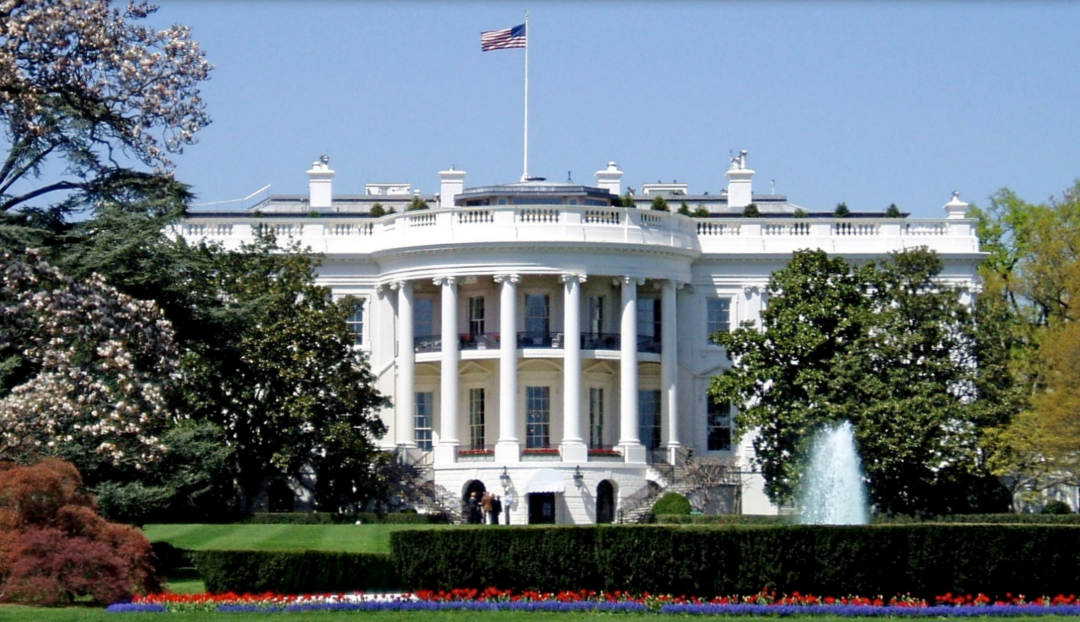
At the end of April, President Donald Trump signed an executive order aimed at encouraging American youth to embrace artificial intelligence.
The AI executive order committed the U.S. government to supporting AI literacy in Americans, established a presidential AI challenge, and created an AI task force whose members include the Secretary of Education and the director of the National Science Foundation.
Here are some of the aspects of the executive order that are prompting discussion.
AI In Education Executive Order: A Welcome Surprise
Advocates for AI use in education have been saying AI needs to be integrated into teaching for several years now, but many were still surprised by this announcement.
“To have an order come out of the White House around technology in K-12 schools–I don’t think that we’ve seen anything like this before,” says Adeel Khan, founder and CEO of MagicSchool, an AI teaching platform. He adds that the move makes sense. “We were seeing other countries kind of announce similar things in terms of country-wide adoption and thoughtfulness around how students and schools and teachers were being educated on AI.”
Jeremy Roschelle, co-executive director of Learning Sciences Research at Digital Promise, agreed the announcement is welcome.
“We have been working at Digital Promise on the appropriate responsible use of AI in education for many years now, so it’s good to see national-level attention to the issue,” he says.
An Emphasis on Challenge-Based Learning
The executive order called for the new AI task force to establish plans for a Presidential Artificial Intelligence Challenge to encourage and highlight student achievement in AI. It also will foster collaboration between government, academia, philanthropy, and industry to address national challenges with AI solutions.
The student challenge will have a variety of topics, age, and geographic categories, and it’s one of the elements of the AI executive order that Roschelle finds particularly interesting.
“We’ve done challenges before,” Roschelle says. “It’s a very effective technique to get people highly engaged in a new area, but also give them choice about how they approach it, what they work on, and really stimulate their learning.”
He adds, it has “the really nice feature of raising the bar based on what students and teachers in real school districts can do, because often when you come from a national level perspective, you might underestimate what students can do.”
Teacher Focus
The executive order emphasizes the importance of educator training around AI use. It calls for the prioritization of AI discretionary grant programs for teachers and for research on effective uses of AI in education.
“The way that the executive order is written is that it’s not a mandate. It’s rather encouragement and recommendations on how you might approach this, several of which we really agree with,” Khan says.
He adds this includes the idea that for AI in education, you should start with your educators. “You should help them understand how to use the technology and use it with dexterity as a tool in their own work. And then once they’re able to do that, then they’re going to be prepared to bring it to students and bring it to them with responsible use cases that are not replacing their thinking, but rather helping them be more creative.”
Gettting AI Literacy Right
The executive order calls for the promotion of AI literacy, a concept that has been discussed a lot in recent years. The danger, Roschelle says, is that a term such as AI literacy can defined in different ways.
“A worry I have, not about the order itself but about what could happen, is, ‘You can’t order people to know something,’” Roschelle says. “So things can be taken up in different ways, and there could be a lot of really trivial, superficial, like ‘Oh, I did the AI Literacy training. I’m done. I sat through that PowerPoint,’ check, check.”
This kind of compliance-only approach to AI literacy won’t be robust enough to change education, Roschelle says. Instead, he hopes school and government leaders adopt a rigorous definition of what AI literacy looks like that can inform teacher and student education.
For example, Digital Promise has developed an AI literacy definition that is built upon three pillars: understanding, use, and evaluation. People should understand how AI works, be able to use AI themselves productively, and be able to critically evaluate AI output. This framework can help guard against some of the dangers and concerns around AI use, and ensure educators and their students can best harness AI, Roschelle says.
Roschelle adds that while using the executive order as a starting point, schools should be rigorous in how they define AI literacy. “There are strong definitions and examples out there, and as a state or a district looks at this executive order, they should look at those definitions—ours or somebody else’s—to guide them as to how to do this in a high-bar aspirational way, not just in a compliance or to-get-through-it way.”

